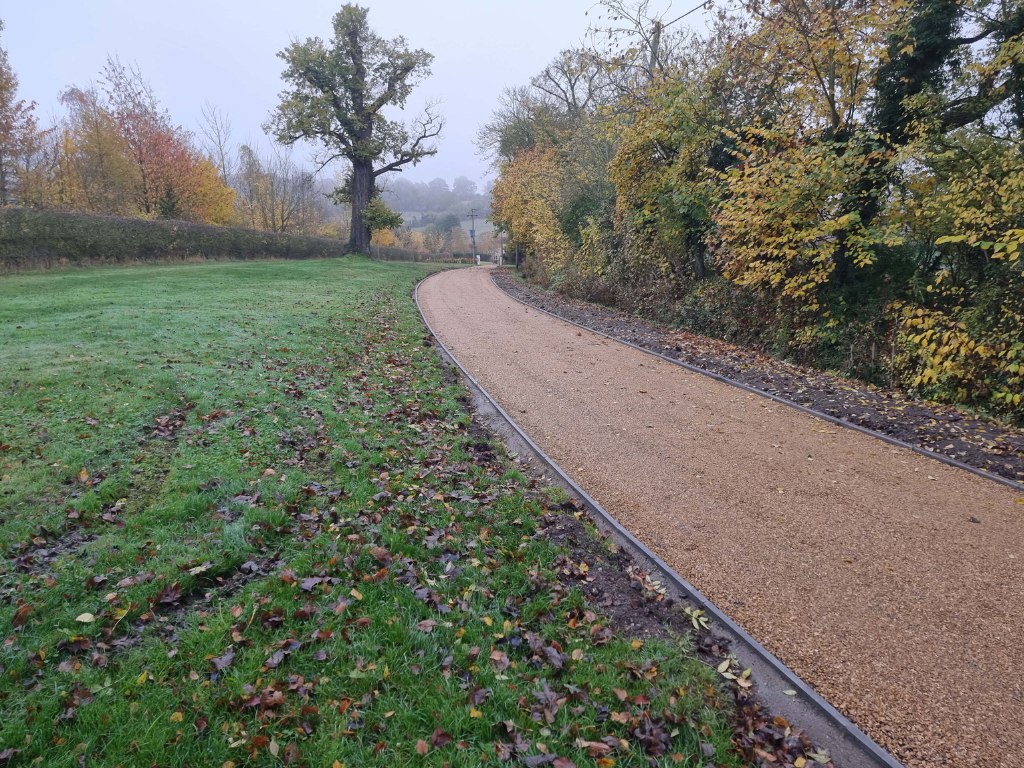The Secret to Long-Lasting Block Paving in High-Traffic Areas
Block paving is a popular and attractive choice for driveways, car parks, and access roads. However, in high-traffic areas—where vehicles are regularly passing or parking—durability becomes a critical concern. The good news is that with the right materials, installation techniques, and maintenance, block paving can remain structurally sound and visually appealing for many years.
At Sawston Driveways, we work with homeowners, commercial clients, and local authorities across Sawston, Cambridgeshire to install high-performance block paving solutions designed to withstand heavy use. Here’s what you need to know to ensure your block paving lasts the distance.
1. Start with the Right Base
The longevity of any block paving installation depends largely on what lies beneath. A strong, stable sub-base is essential for coping with heavy loads without sinking or shifting.
For high-traffic areas, the base should include:
- Excavation to the correct depth, typically deeper than standard domestic applications
- Compacted Type 1 MOT hardcore to form a solid foundation
- Sharp sand levelling layer, screeded to an even, consistent thickness
At Sawston Driveways, we ensure all basework is carried out to the highest industry standards to prevent future settlement or movement.
2. Choose Heavy-Duty Block Types
Not all block paving is made equal. For areas subject to constant vehicle movement, you’ll need blocks specifically rated for high load-bearing capacity. These are typically thicker (60–80mm) and denser than decorative or pedestrian-grade options.
Concrete block paving (CBP) is the go-to choice for commercial and high-traffic residential applications due to its strength and longevity.
3. Consider Laying Patterns That Add Strength
The pattern in which the blocks are laid can influence the structural integrity of the surface. For heavy-use areas, interlocking patterns such as 45° or 90° herringbone are recommended.
These patterns:
- Help distribute weight evenly
- Lock the blocks together more tightly
- Resist movement under wheel pressure
We work closely with clients to select patterns that balance strength with aesthetic appeal.
4. Install Proper Edge Restraints
Edge restraints prevent blocks from spreading outward under pressure—a common issue in areas with frequent turning or braking. Strong kerbs or block edges, securely bedded in concrete, ensure the paved area retains its shape and strength over time.
Neglecting this detail can lead to the gradual breakdown of the installation, especially near entranceways and drive edges.
5. Ensure Efficient Drainage
Water pooling is a key contributor to premature paving failure. Excess moisture weakens the sub-base and promotes weed growth and frost damage.
Solutions include:
- Correct falls and gradients to guide water off the surface
- Permeable paving systems that allow water to drain through
- Drainage channels installed at key points to manage runoff
Good drainage design is especially important in commercial settings or sloped areas.
6. Regular Maintenance Matters
Even the most robust block paving will deteriorate without proper care. For high-traffic areas, this includes:
- Frequent sweeping to remove debris and prevent block staining
- Re-sanding joints to maintain structural integrity and prevent weed growth
- Pressure washing carried out carefully to avoid dislodging sand
- Sealing, if appropriate, to add a protective barrier and enhance colour retention
Routine inspections can help identify early signs of wear and allow for minor repairs before more extensive issues develop.
7. Use Experienced Installers
Ultimately, the secret to long-lasting block paving isn’t just the materials—it’s the expertise behind the installation. Incorrect levelling, rushed compaction, or poor jointing can all lead to premature failure.
At Sawston Driveways, we have years of experience designing and installing block paving that stands up to the challenges of daily use. Our team uses best-practice techniques, high-grade materials, and local knowledge of ground conditions to ensure your investment lasts.
Conclusion
When installed correctly and maintained properly, block paving can be a reliable, low-maintenance surface even in the most demanding environments. The key lies in solid preparation, thoughtful design, and quality craftsmanship.
If you’re planning a block paving project in a high-traffic area in or around Sawston, Cambridgeshire, contact Sawston Driveways. We provide tailored advice and expert installation to ensure your surface is built to last.
Call us on: 01223 857 079
Click here to find out more about Sawston Driveways
Click here to complete our contact form and see how we can help with your driveway needs.

